Discover 10 hidden attractions, cool sights, and unusual things to do in Soest (Germany). Don't miss out on these must-see attractions: St. Patrokli, Sankt Petri, and Strandbad Uferlos. Also, be sure to include Osthofentor in your itinerary.
Below, you can find the list of the most amazing places you should visit in Soest (North Rhine-Westphalia).
Table of Contents
St. Patrokli
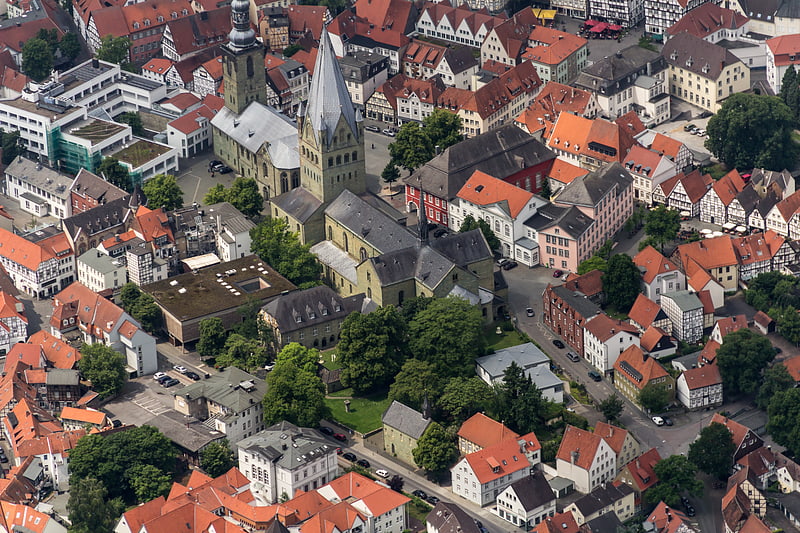
Also known as: St.-Patrokli-Dom
Catholic church in Germany. St. Patrokli is a Roman Catholic parish and church in Soest, Germany. The church is of great significance in the history of architecture as it is the epitome of Romanesque architecture in Westphalia. As a result, it is known as St.-Patrokli-Dom. It holds relics of its patron saint Patroclus of Troyes from 954. It was the church of the canonical foundation of St. Patroclus, which existed from the 10th century until its abolition in 1812. Since 1823 the church has been the parish church of the St. Patrokli parish in the diocese of Paderborn. In 1859 it was promoted to the rank of provost church.[1]
Address: Domplatz 1, Soest
Sankt Petri
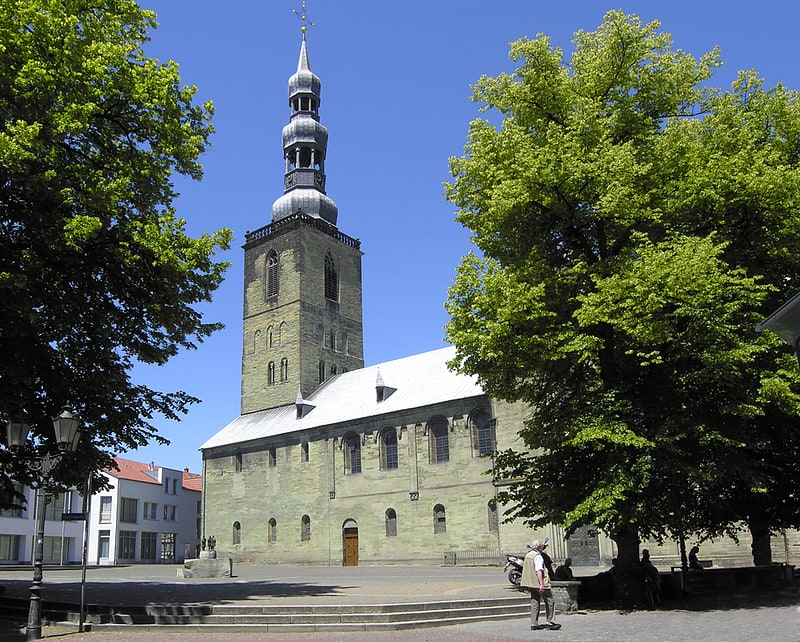
St. Petri is the oldest parish church in Soest and one of the oldest church foundations in Westphalia. Already at the end of the 8th century, a church building was erected on this site in connection with Charlemagne's mission to Saxony.
St. Petri is the main church of the Protestant St. Petri-Pauli parish in Soest.
Address: Petrikirchhof 10, 59494 Soest
Strandbad Uferlos
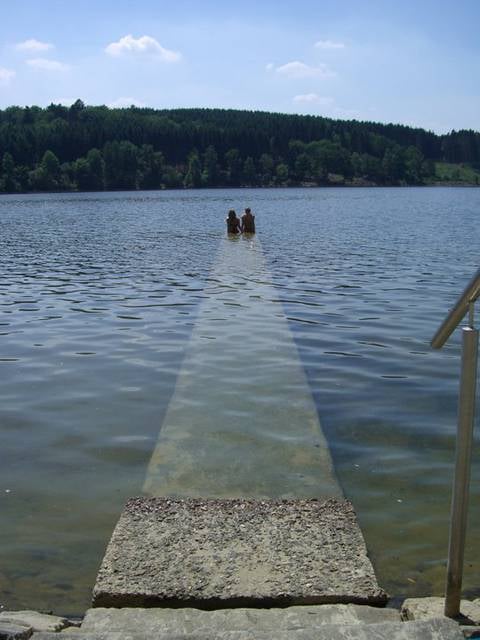
Amusement, Bars and clubs, Nightlife, Beach, Water park, Swimming, Amusement park
Address: Bahnhofstraße 28, 59519 Möhnesee
Osthofentor
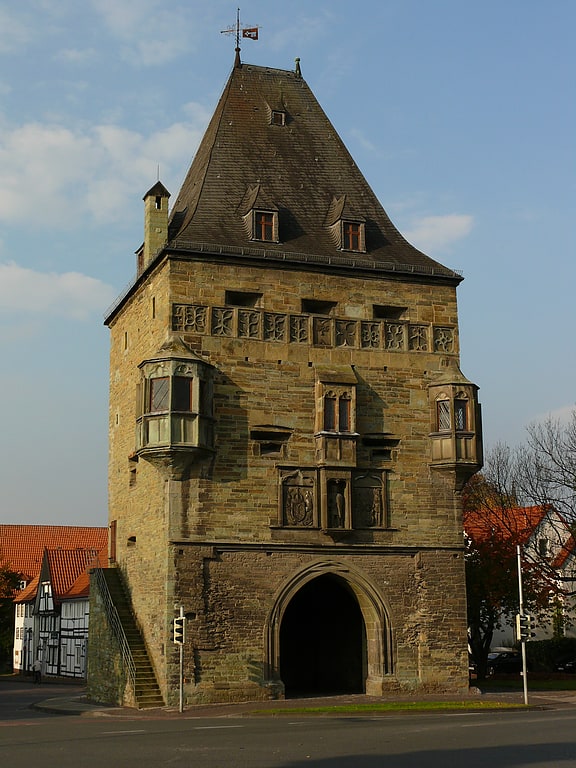
The Osthofentor is a city gate of the Hanseatic city of Soest on the Hellweg, newly built in the period from 1594 to 1603. The sandstone building is the last surviving of formerly eight main gates and two side gates.
In 1534, the gateway was the place of execution for ten Anabaptists, probably missionaries of the Münster Anabaptist Empire.
In 1965, it was depicted in the Deutsche Bundespost stamp series German Buildings from Twelve Centuries.
The Museum of the City History was established in the Osthofentor from 1978 to 1982. It has a collection of 25,000 medieval crossbow bolts. This is the old armory treasure of the city of Soest, which until the beginning of the 19th century was housed in the tower of St. Patrokli, which did not belong to the church but to the city and also served as an armory.
The Osthofentor can also be found en miniture among other outstanding German monuments in the Mini-Europe in Brussels.
Address: Osthofenstraße 70, 59494 Soest
Kattenturm
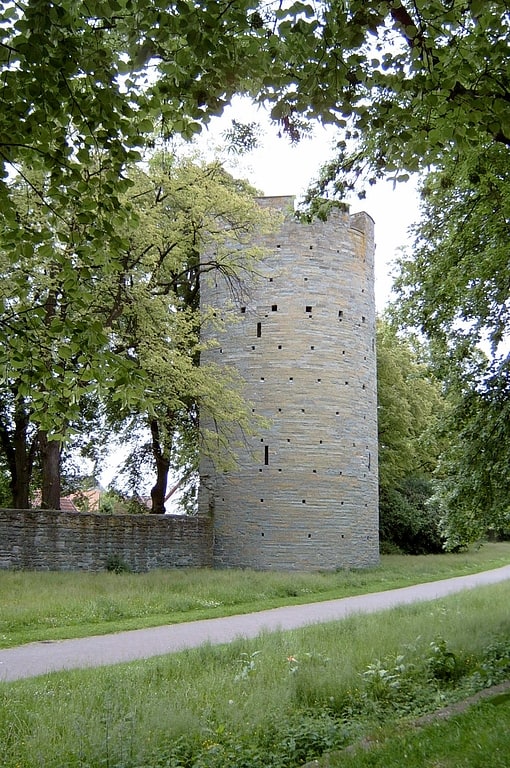
The Kattenturm in Soest is a fortified tower built in 1230. It is the only surviving fortified tower of the former inner city wall and is located south of the old town on Jakobi-Ulricher-Wall, not far west of Ulricher Tor.
Sankt Maria zur Höhe

St. Maria zur Höhe, also known as Hohnekirche, is an important church in Soest in terms of art history. It is considered one of the first hall churches.
The church is located somewhat off to the north of the old town of Soest. It is also called Hohnekirche to better distinguish it from the church of St. Maria zur Wiese (Wiesenkirche). It is particularly remarkable as a building in terms of its structural arrangement and interior design, and also houses several artistic rarities. The building is listed as a historical monument.
The Protestant parish Maria zur Höhe belongs to the Protestant Church of Westphalia and has about 1800 members.
Address: Am Hohnekirchhof 3, 59494 Soest
Alt-Sankt Thomä
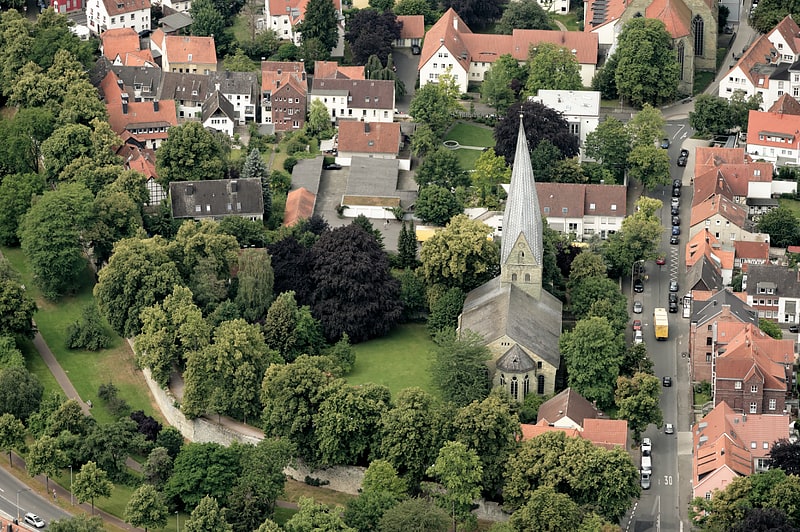
"Leaning Tower" is the colloquial name for the church of St. Thomae in Soest, founded in the 12th century in the course of the construction of the new archiepiscopal palace. The official name Alt St. Thomae of this church is explained to distinguish it from the nearby former monastery church Neu St. Thomae. The leaning spire of Alt St. Thomae occupies a special and eccentric place in the silhouette of Soest's church towers. With the expansion of the Romanesque building into an early Gothic hall church in the 13th century, Alt St. Thomae is one of the oldest Gothic church buildings in Germany. Alt St. Thomae is the only church in Soest located in the immediate vicinity of the city walls and is also the only one among the Soest churches that still has a church garden.
Address: 72 Thomästraße, Soest
Sankt Pauli
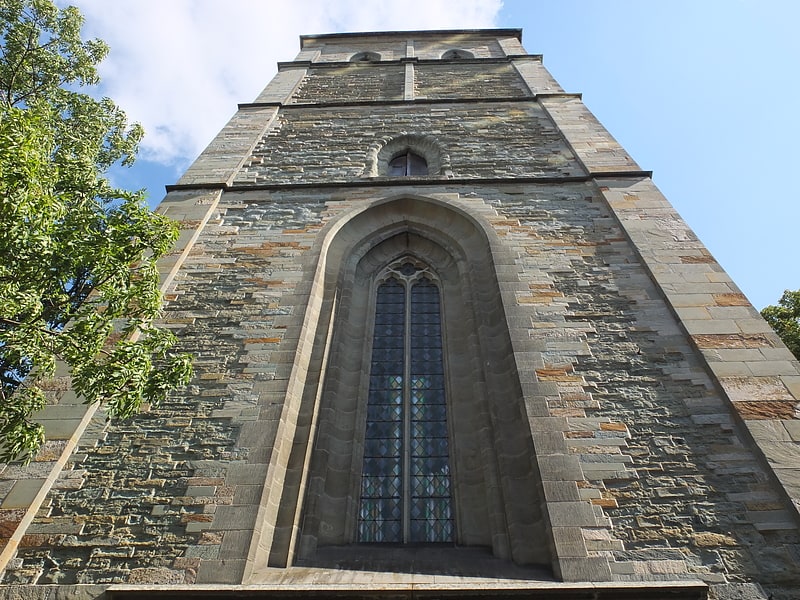
St. Pauli is a Gothic hall church in Soest. The three-bay hall church with the mighty tower on a square ground plan characterizes the townscape in the southwestern part of the city. It belongs to the Protestant St. Peter and Paul parish, which is the largest Protestant parish in Soest with about 8100 parishioners and belongs to the Soest church district.
Address: 11 Paulistraße, Soest
Brunsteinkapelle
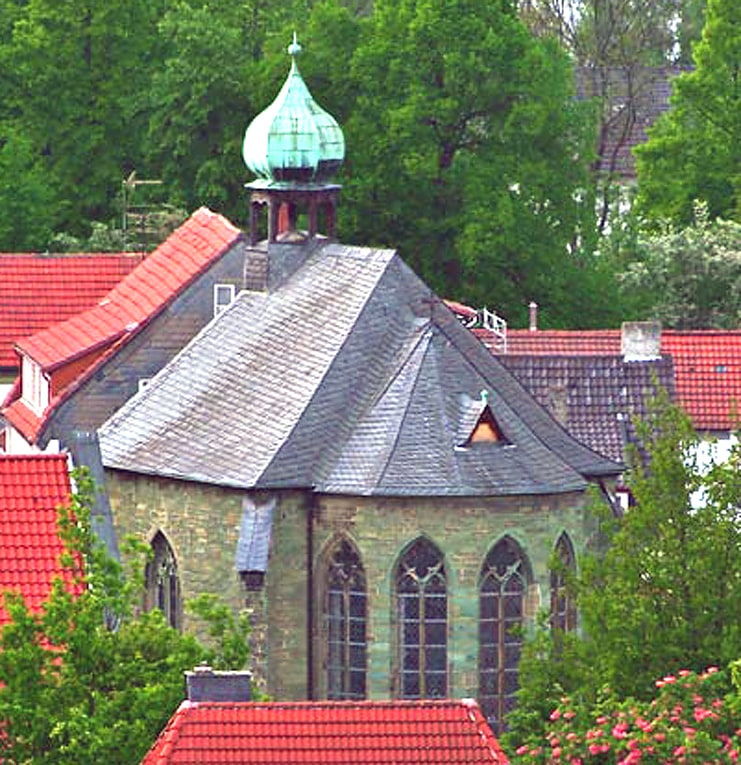
The Brunstein Chapel is a listed former church building in the district town of Soest. It is the last of about 20 medieval civic chapels that once existed in Soest.
Address: Schonekind straße, Soest
St. Maria zur Wiese
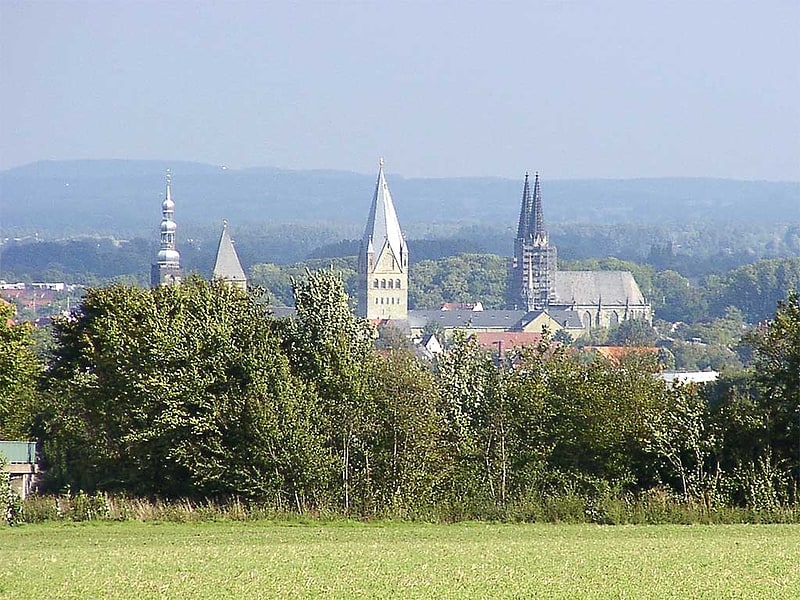
The Protestant Wiesenkirche or Church of St. Maria zur Wiese in Soest is considered a perfectly formed Westphalian hall church. With an almost square ground plan, its interior gives the viewer the impression of a pure window front, supported by graceful bundle piers. The high window tracks almost reach the floor in the choir. During the day, the church appears light and flooded with light. Three naves of almost the same height, with very shallow vaults, give the space its even dimensions. The building history stretches over centuries. The foundation stone for today's church was laid in 1313 on the site of the Romanesque predecessor building. The double towers that define the exterior appearance were not erected until the second half of the 19th century.
Address: 28 Wiesenstraße, Soest